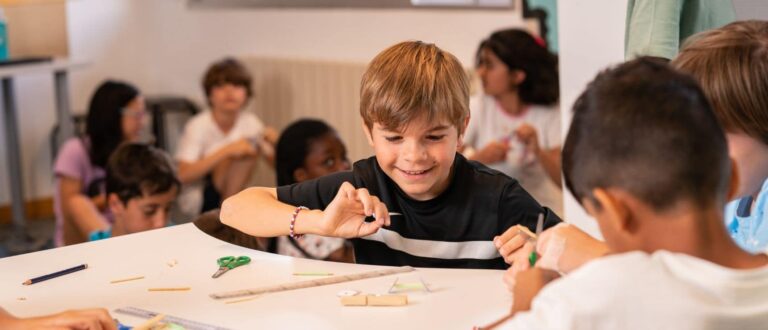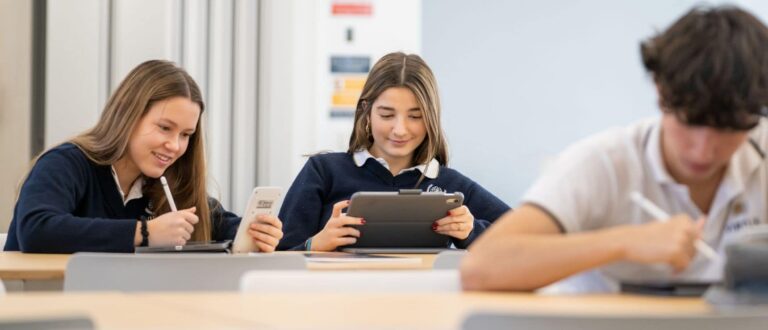In today’s rapidly changing world, one-size-fits-all education models are becoming outdated. The British education system has increasingly embraced personalised education – a tailored approach that puts the individual needs, strengths, and goals of each student at the heart of the learning journey. This shift reflects a deeper understanding of how young people learn best and prepares them more effectively for both further education and the challenges of modern life.
What is personalised education?
Personalised education moves beyond standardised curriculums and teaching methods. It recognises that students are diverse in how they absorb information, what motivates them, and where their future aspirations lie.
In practice, this means:
- Adapting teaching methods to different learning styles (visual, auditory, kinaesthetic)
- Offering subject choices and pathways tailored to students’ strengths and interests
- Using technology to track progress and identify learning gaps
- Providing targeted support for those with additional needs or who are gifted and talented
This approach is not just about academic performance; it’s also about promoting engagement, confidence, and a love of learning.
How it’s being applied in the British System
1. Flexible curriculum options
From Key Stage 4 (GCSEs) onward, students in the UK start shaping their own academic journeys. With a mix of compulsory subjects (like Maths and English) and optional ones (like Art, Computing, or Sociology), schools encourage students to pursue areas where they excel or feel passionate.
At Sixth Form, this personalisation deepens. Students typically choose 3–4 A-Levels or vocational courses that align with their university goals or career paths. Many schools also offer the Extended Project Qualification (EPQ), allowing students to explore a topic of their choice in depth.
2. Student-centered teaching approaches
Teachers are increasingly trained to differentiate their lessons, offering varying levels of challenge or support within the same classroom. Smaller group work, project-based learning, and flipped classrooms (where students explore content at home and use class time for discussion) are growing trends.
3. Use of EdTech and data
Platforms like Google Classroom, Microsoft Teams, and assessment tools such as Sparx Maths or Seneca Learning help track progress and personalise homework. Teachers use data to identify students who may need additional help or are ready for more advanced material.
Personalised support beyond academics
Personalised education also considers emotional and social development. Many schools now offer:
- Individual career guidance
- Tailored university or apprenticeship support
- Mentoring schemes
- Mental health services, such as access to counsellors or well-being coordinators
These services ensure that students not only perform well academically but also grow in confidence, resilience, and self-awareness.
Challenges and considerations
While the benefits of personalised learning are clear, there are challenges:
- Teacher workload: Tailoring lessons takes time and resources
- Technology access: Not all students have equal access to devices or internet at home
- Equity: Care must be taken to ensure personalisation doesn’t reinforce existing inequalities
To succeed, personalised education requires strong leadership, teacher training, and investment in resources. However, many British schools are showing that it’s possible – and worth it.
The future of personalised education in the UK
With AI-powered tools, learning analytics, and adaptive content, the British education system is poised to make personalisation even more dynamic. More schools are exploring blended learning models, digital feedback systems, and student voice initiatives to give learners greater control over their education.
As education continues to evolve, personalised learning will likely become the norm, ensuring that every student feels seen, supported, and empowered.
Personalised education is no longer a luxury – it’s a necessity in preparing students for a diverse and unpredictable future. By recognising the individual needs and strengths of every learner, the British system is making significant strides toward an education that works with students, not against them.






